You were officially appointed as managing director of Cap HPI in August, but I gather you had been ‘acting up’ for some time before that?
Surreptitiously, I was already in post and doing the job for some time and with our previous managing director, Ian . I’ve now been in the business five-and-a-bit years.
My original remit was very much the sales side of the organisation, because for 20-odd years I’d always been in automotive and with sales teams. I had looked at Cap when I competed with it – I was five-and-a-bit years at Eurotax Glass’s as customer service director – but what intrigued me was that it had started to make that connected journey with data.
I had seen Cap connect code and data into systems and also the variety of data that Cap had meant it was a more versatile offering for the different sectors. There wasn’t a generalist approach to automotive, so what I wanted to do was really focus in on those sector specialisms.
We set about putting together a dedicated retail team so that we could speak to customers and partners more directly.
How big is the sales team at Cap HPI?
We have two sales teams. The inside sales team is 16 people and then the entire key accounts team, which is field-based, is 32.
I was employee number 78 at Cap, and as an organisation we’re now at 350. We have pretty much quadrupled the sales team in that time. It was absolutely the right thing to help us forge the best relationship we could with
our clients.
How many customers do you serve?
We have, across all sectors, 7,000 to 8,000 clients. In terms of retail, we have representation with the whole of the AM100 in some shape or form and I’d say 90-95% of the franchised retail industry beyond that.
The international expansion was launched officially at last year’s Paris Motor Show. How is that progressing?
One of the reasons that our owner, Solera, was particularly interested in Cap was its ability to drive a coding structure through the UK was strong.
Solera made no secret that it wanted to look into Europe and beyond. We needed to make sure that we addressed the issues surrounding the vehicles being described in the same or a variety of different ways and the challenges of looking at new markets collectively.
The principal concept we wanted to take to market was the uniform vehicle description, a global code with local variants. The codes are essentially all the same, but bringing together the differences of description and option packs is what has taken the work. There is now a coding set for Germany and France. It’s great to see our data start to be used in context in Europe.
How long does that data analysis programme take in a new country?
We started the journey in Germany over three years ago and had to apply patience because we knew it demanded a large degree of preparation.
We have a team in Leeds who coordinated the global operation. Each country has a valuation engine and we have been building that for the best part of two years. Then we started to appoint experts in the local market. Our experts in Germany and France were working hard in the market for six to nine months before we committed numbers to paper.
The global element of the organisation is now 70/80 strong. We have a team out in Bratislava, who are a vehicle data team and our market experts down in Germany and France, who are field-based.
We have the largest team of editors in the UK working on both current and future valuations and I think one of the market challenges at the times was that we aren’t going to take our eye off the ball in the UK either. For our customers who don’t have a concern overseas we had to demonstrate to them that our focus was still strong in the UK.
There are a lot of data sets out there from people trading online, all claiming to offer insight into used car price movements. How are you protecting your territory?
The reason we made the decision to bring Cap and HPI together was because we saw a real synergy to be had.
Solera speak of 54 transactions in the whole of automotive retail or operations – from licence-checking and credit checks right through to commonplace asset valuation and risk analysis – and I think we are uniquely positioned to streamline those processes with the data assets that we have.
We’re also not so pious as to say that everything has to come through us. One of the other interesting elements of the Cap organisation that I joined was the third parties it works with. That now stands at about 130 providers of software of some sort. We don’t want to force the hand of our customers and say ‘this is the only way we will work with you’.
In the retail space, we have launched appraisal technology with Perrys. That’s not new, but to be able to augment that with vehicle identification valuation, current and future valuation, provenance check, mileage-checking, all of that gives an end-to-end solution for our customers.
There’s a key visual inspection based on photo and video and that will deliver a valuation for four, six or 12 weeks’ time. We’re also starting to look at the data drawn from on-board diagnostic (OBD) devices, with regard to driving style and wear and tear. That could really help to protect a dealer.
You have publicly contested claims about RVs from other data sources this year. Is it important that you are seen to be challenging the statements that others make regarding market data?
Cap has been around for 40 years and is, in many respects, an industry verb, as HPI also is. We take the industry very seriously and our position within it. We do have clients who ask us to come forward and set the record straight and be a voice for reason in some situations. Not so much in the trade press in particular, but in the mainstream media, I think there is a disappointment when we offer calm and reason and don’t fuel rumour and conjecture because we’re not feeding headlines.
Everything we do is supported by evidence. Whether it’s 70,000 thousand-plus vehicle identifications in Cap, or 200 million-plus mileage points we collate for the national mileage register on behalf of HPI, it is all fundamentally fact and evidence-based around the data itself.
Brexit, dieselgate and scrappage aren’t things that can be run through a database. It’s market knowledge. How do you measure accuracy in your future predictions?
You can’t run these things through a database, without doubt. You’re obviously looking for emerging themes.
Our 20-plus editors are key to this. They make it their business to bridge data and sentiment and look between the two and that’s why they are such a fundamental part of our operation, and make us not just a gatherer of data, but a source of useable insight.
They don’t sit behind a desk, they are out seeing customers on a day-to-day basis. We have more editors in the UK than we have ever had, regardless of the fact that we’ve ventured into new markets.
Reflecting on 2017, what are the key changes that Cap HPI has implemented and what are the biggest lessons you will take from the year?
Our most significant change has been the level of investment in new local and international talent in the business. It has allowed us to develop several key initiatives, but most importantly, to drive that connected journey – Cap and HPI data assets together in a single product experience to make our customers’ business processes more manageable.
The development of our appraisal technology to drive website lead generation and efficient enquiry management for dealers started in 2017 and we have seen a rapid growth of our thought leadership activities, from briefing the Bank of England to advising leading European manufacturers on vehicle residual value.
The Cap HPI EXTRAs knowledge portal for our customers is also progressing well and has more than 11,000 monthly visits by automotive leaders across the industry.
Looking forward to 2018, what do you see as the key challenges for car retailers and Cap HPI as a business?
Two legislative changes, GDPR (General Data Protection Regulation) and WLTP (the Worldwide harmonised Light vehicles Test Procedure), are imminent.
We have invested significantly in dedicated project teams for both. These are big, statutory changes and cannot be taken lightly by any business. I’d urge everyone to consider: Are you doing enough?
The debate around alternative and conventionally fuelled vehicles continues to dominate the headlines. We have stated for some time that many are too quick to call a major decline in the part of diesel. However, the alternatives are now establishing a far firmer footing. It is why we introduced comprehensive electric vehicle data to our product offering this year – with far more to come from us in 2018.
Most of all, we have an increasingly empowered consumer. The market needs trusted, reliable, easy-to-access data. It’s that very challenge that drives our business forward year after year.

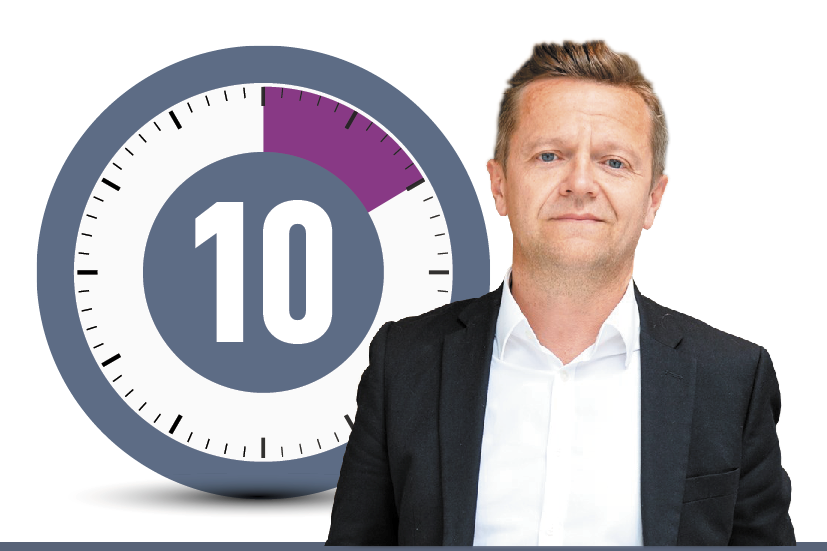
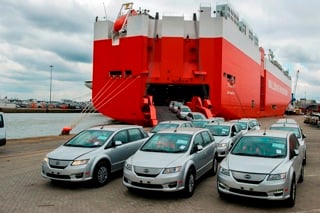
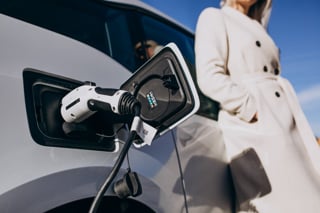



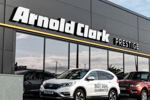
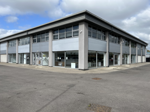









Login to comment
Comments
No comments have been made yet.